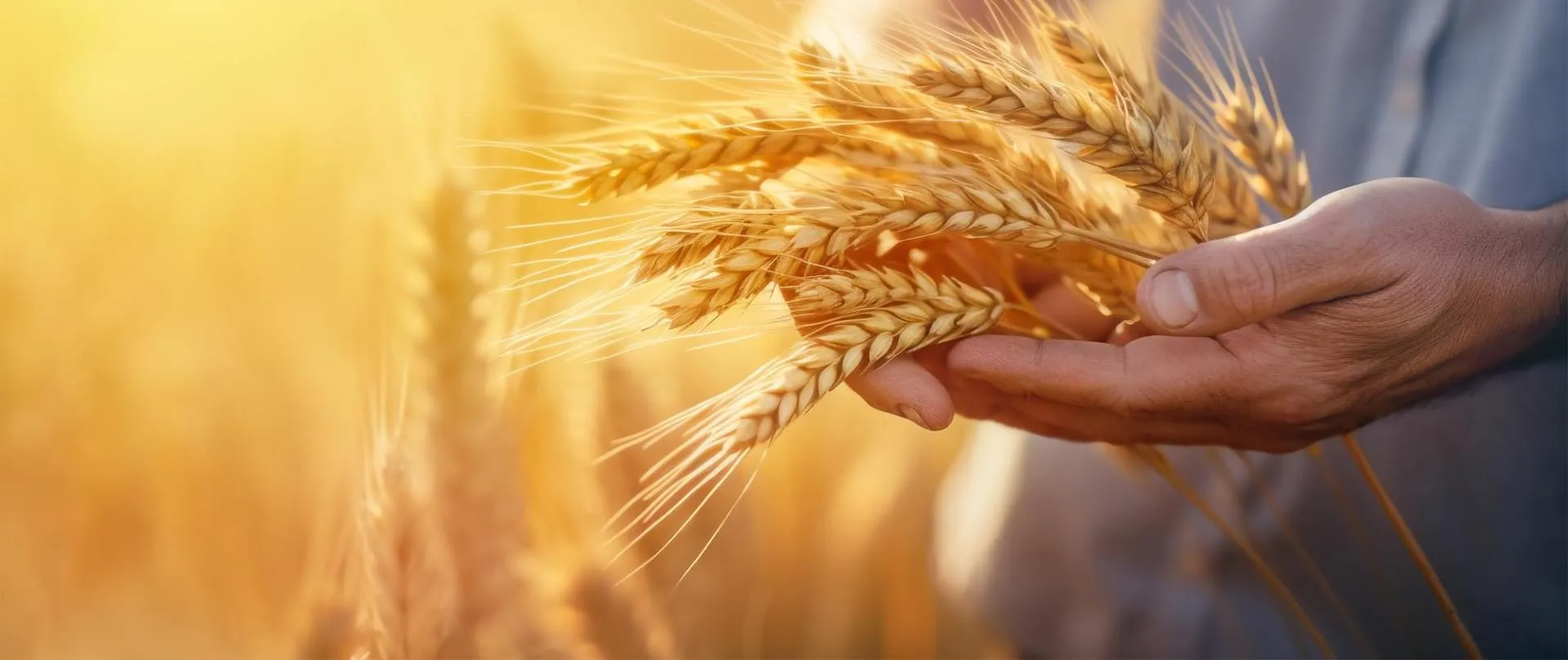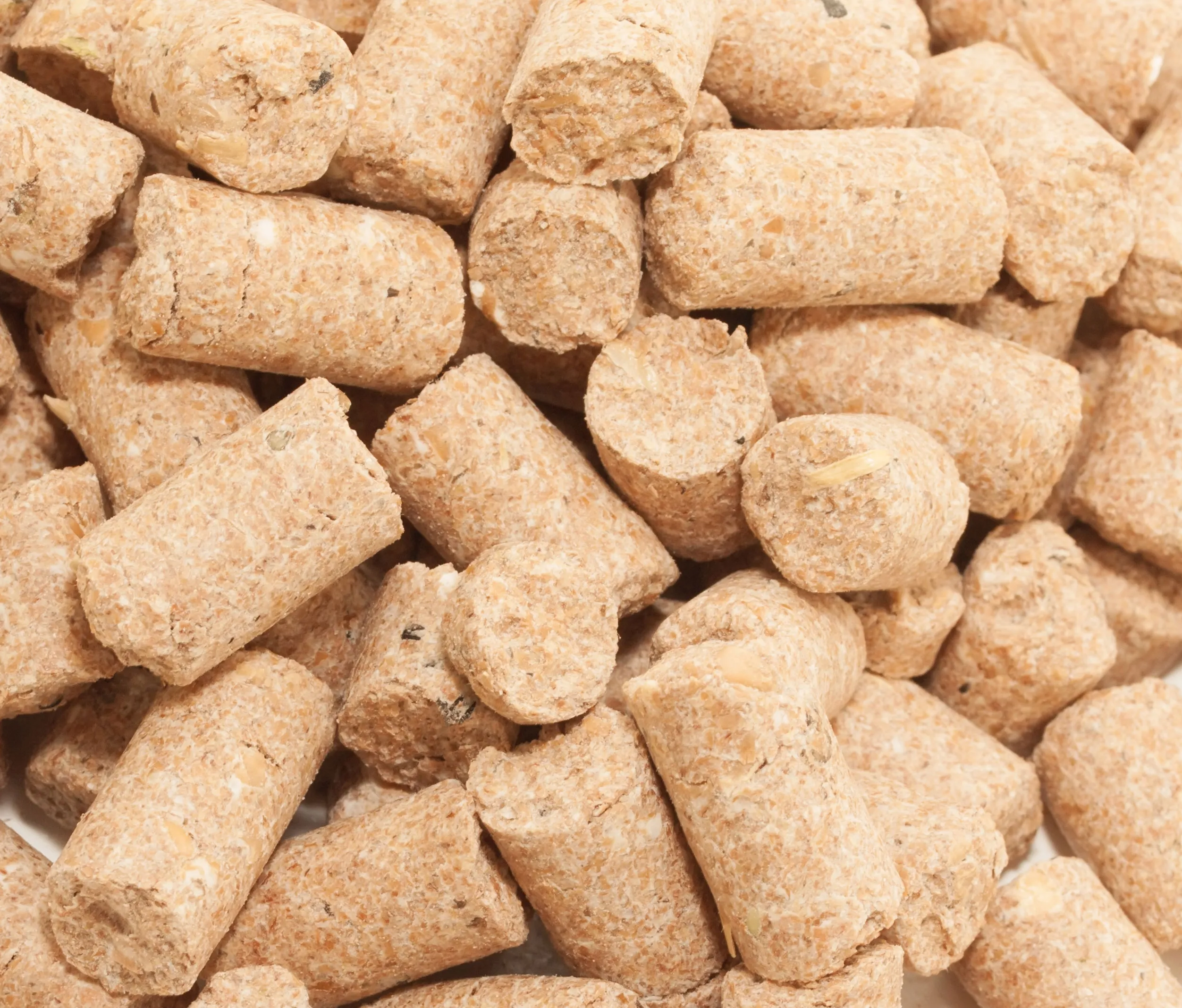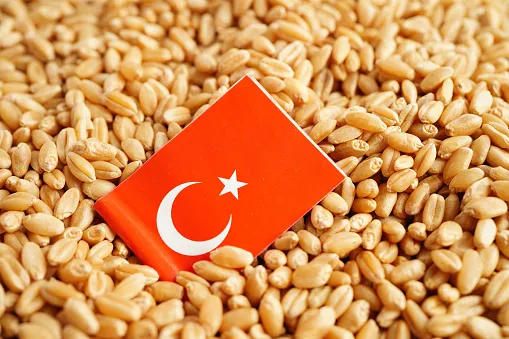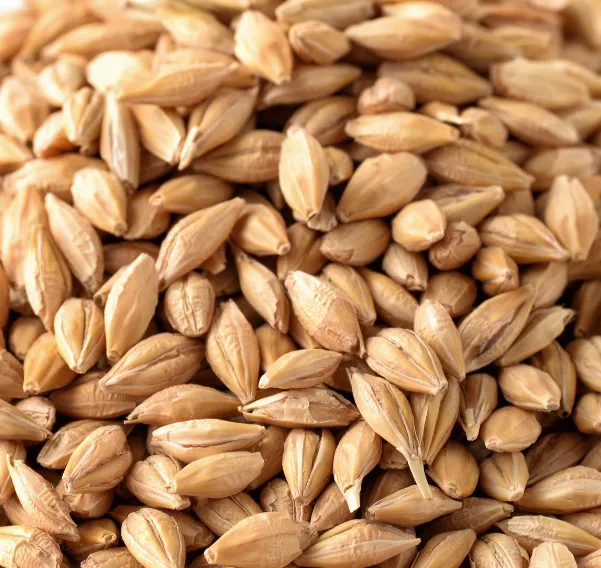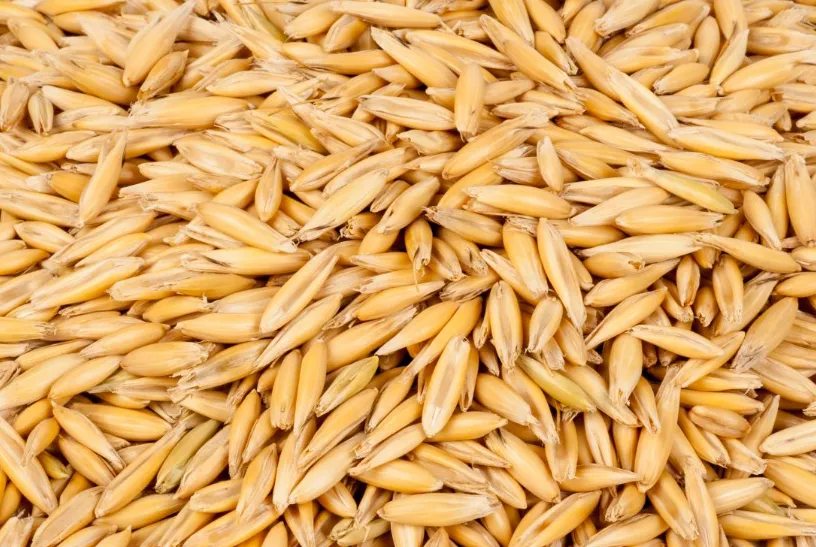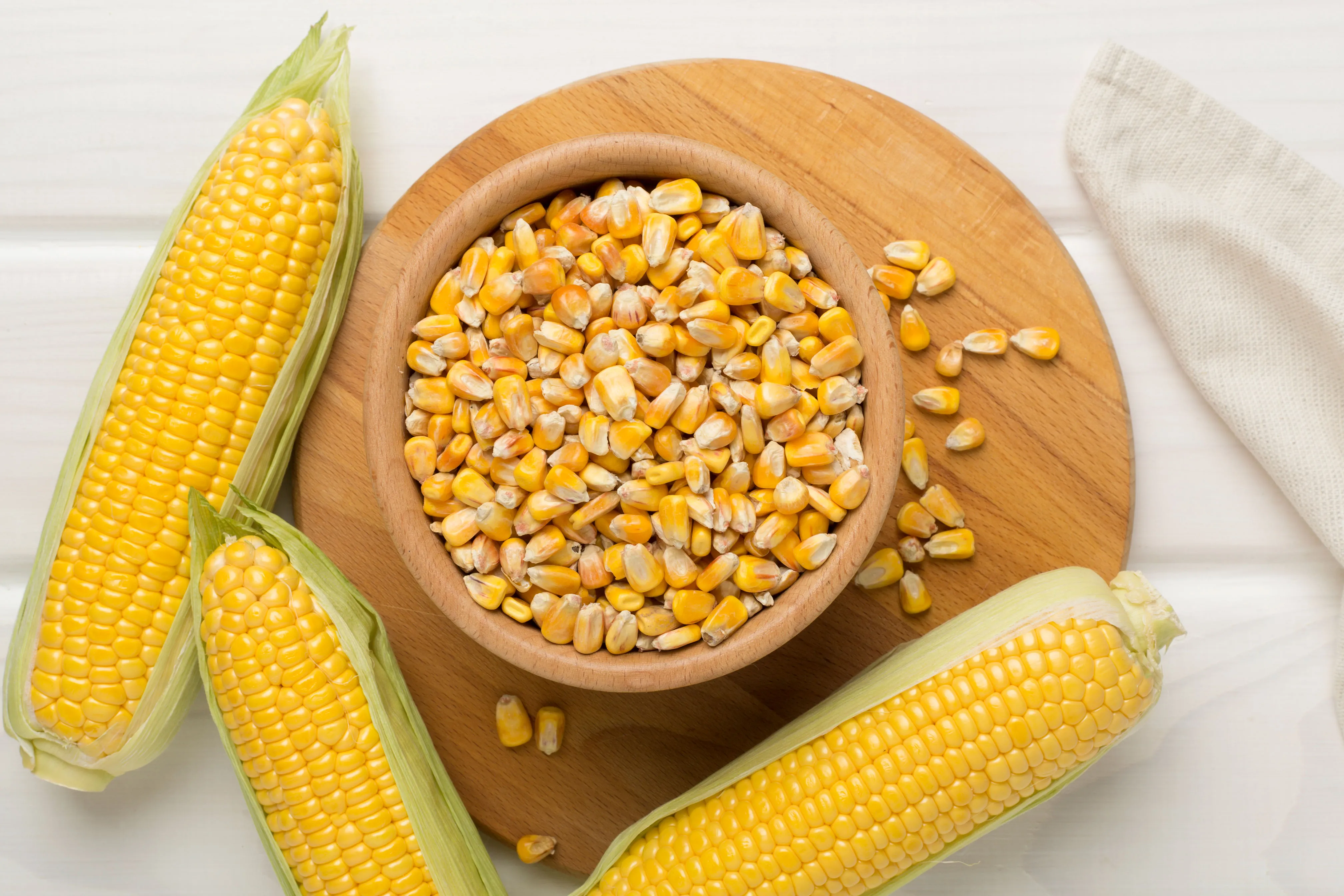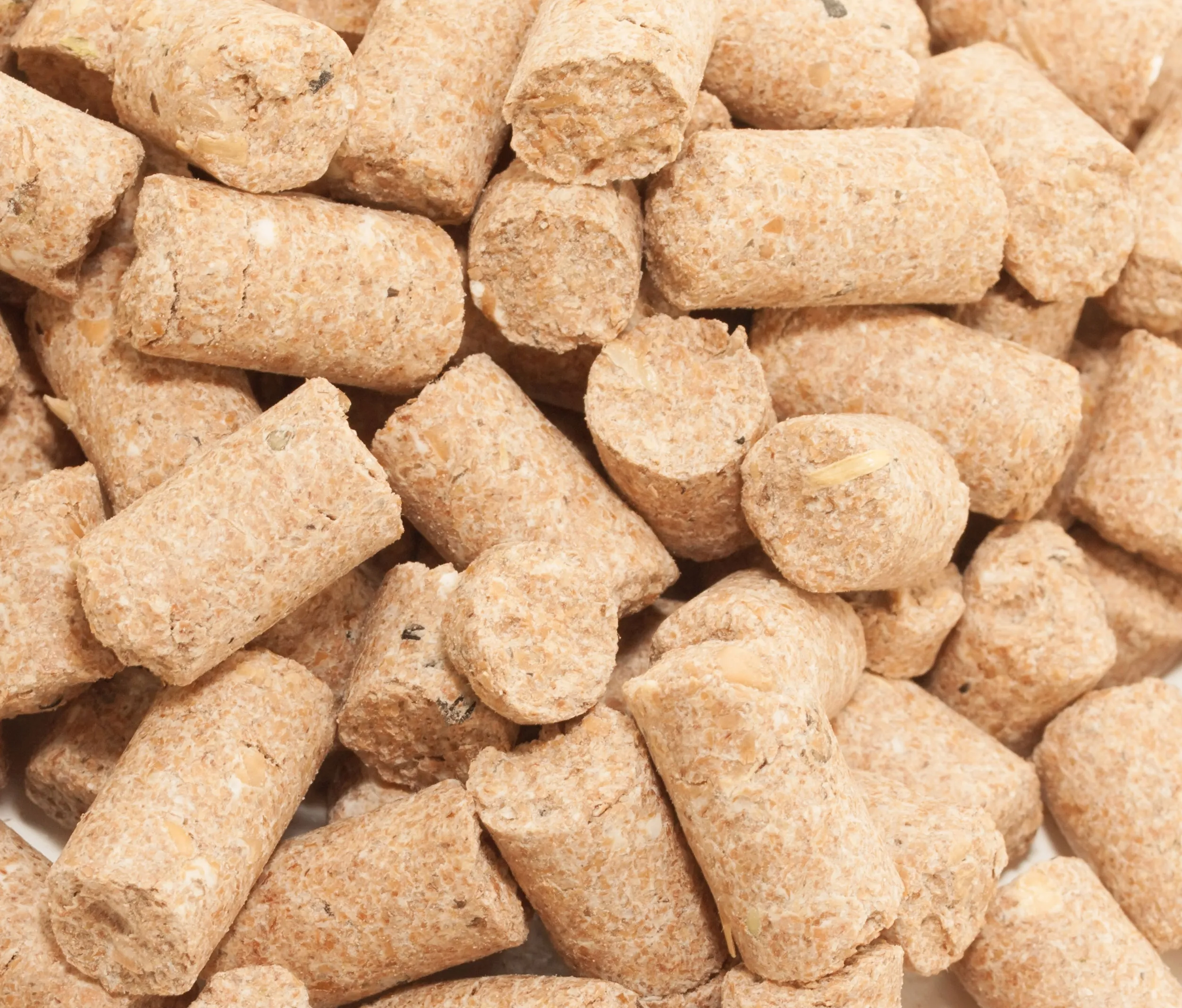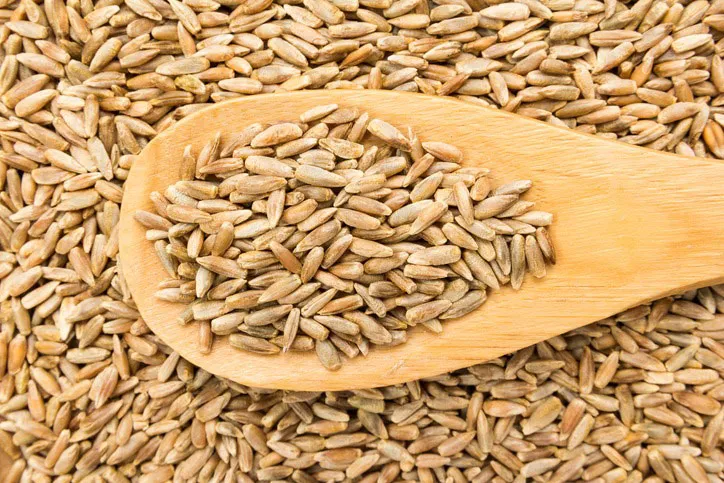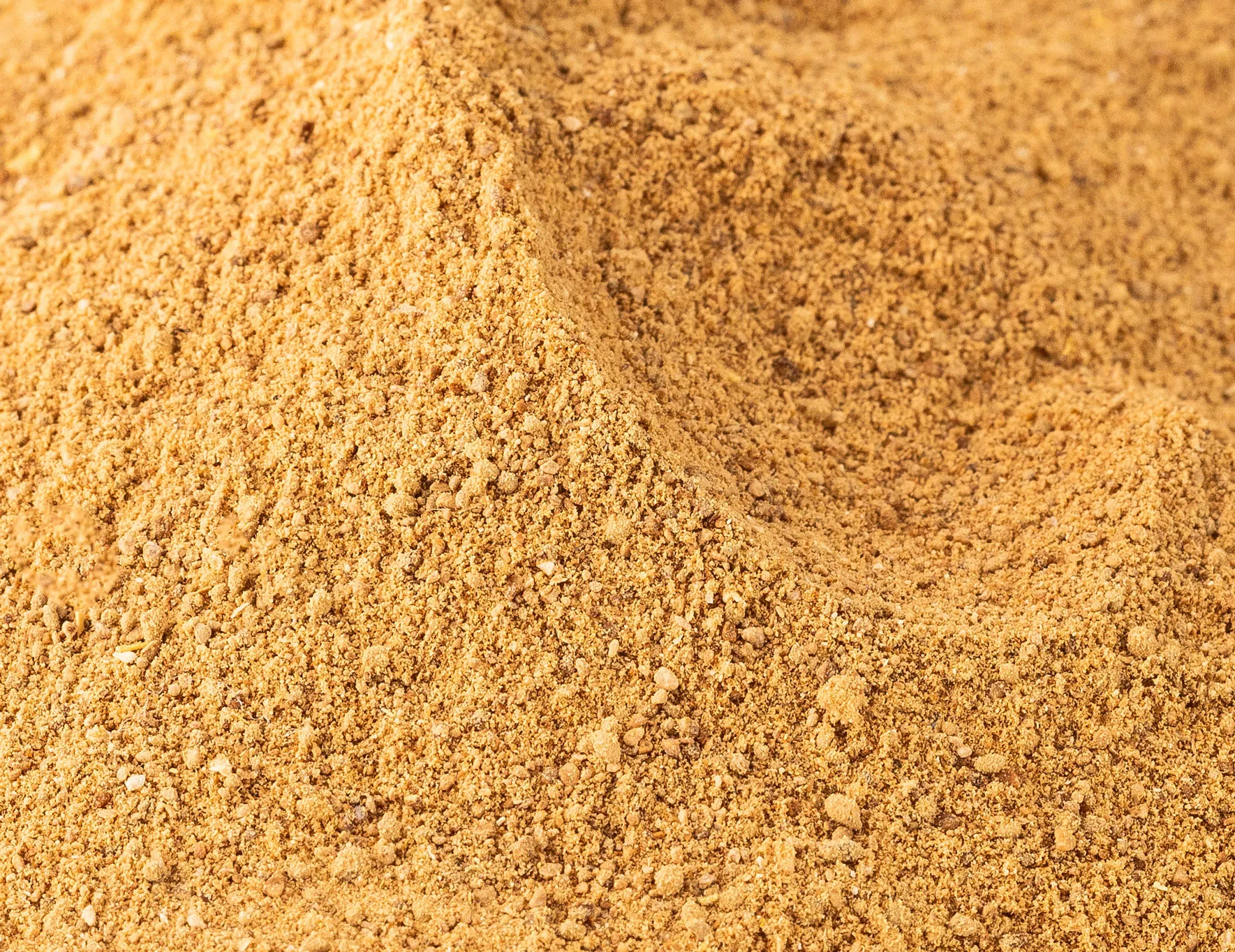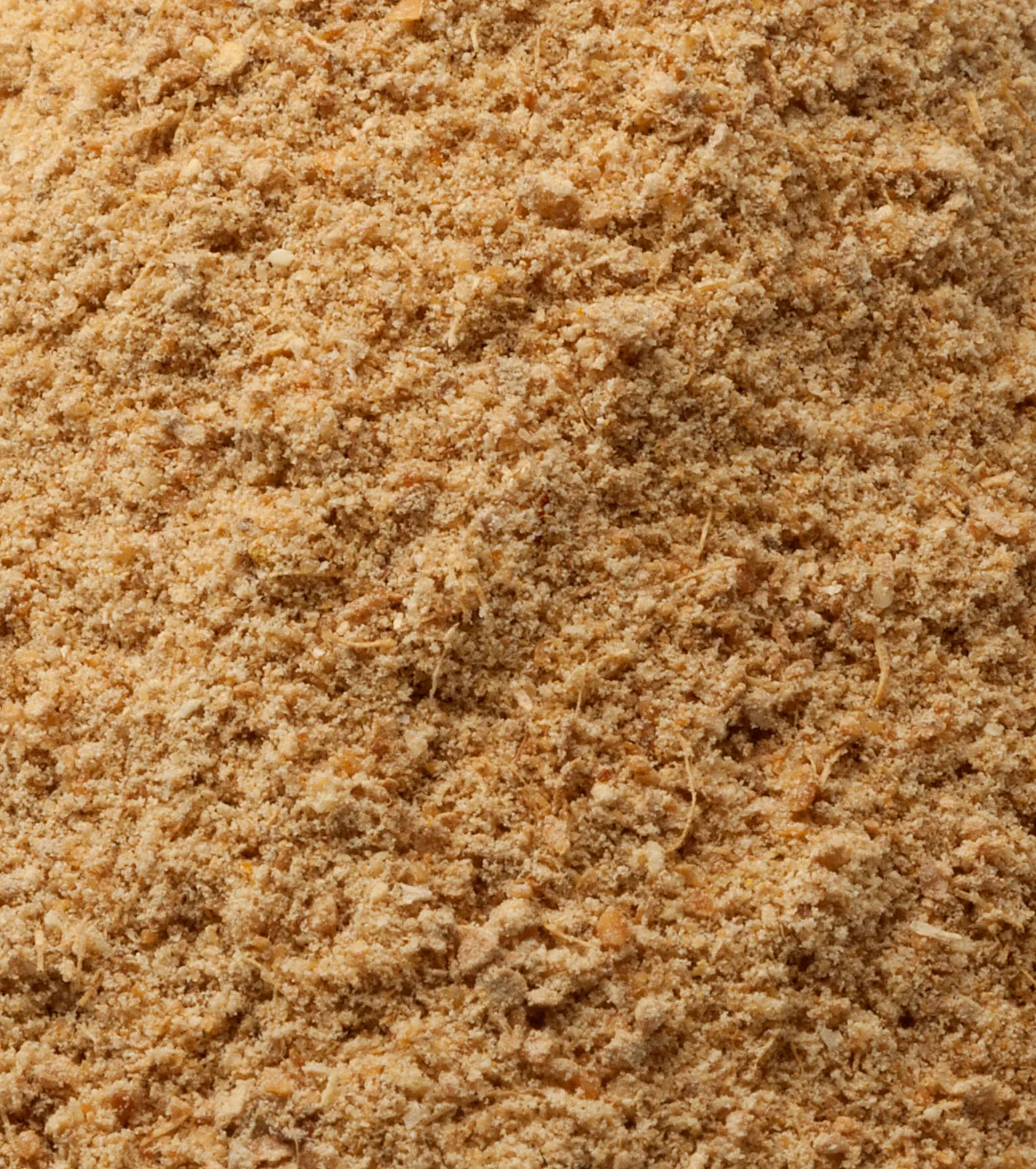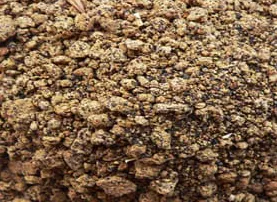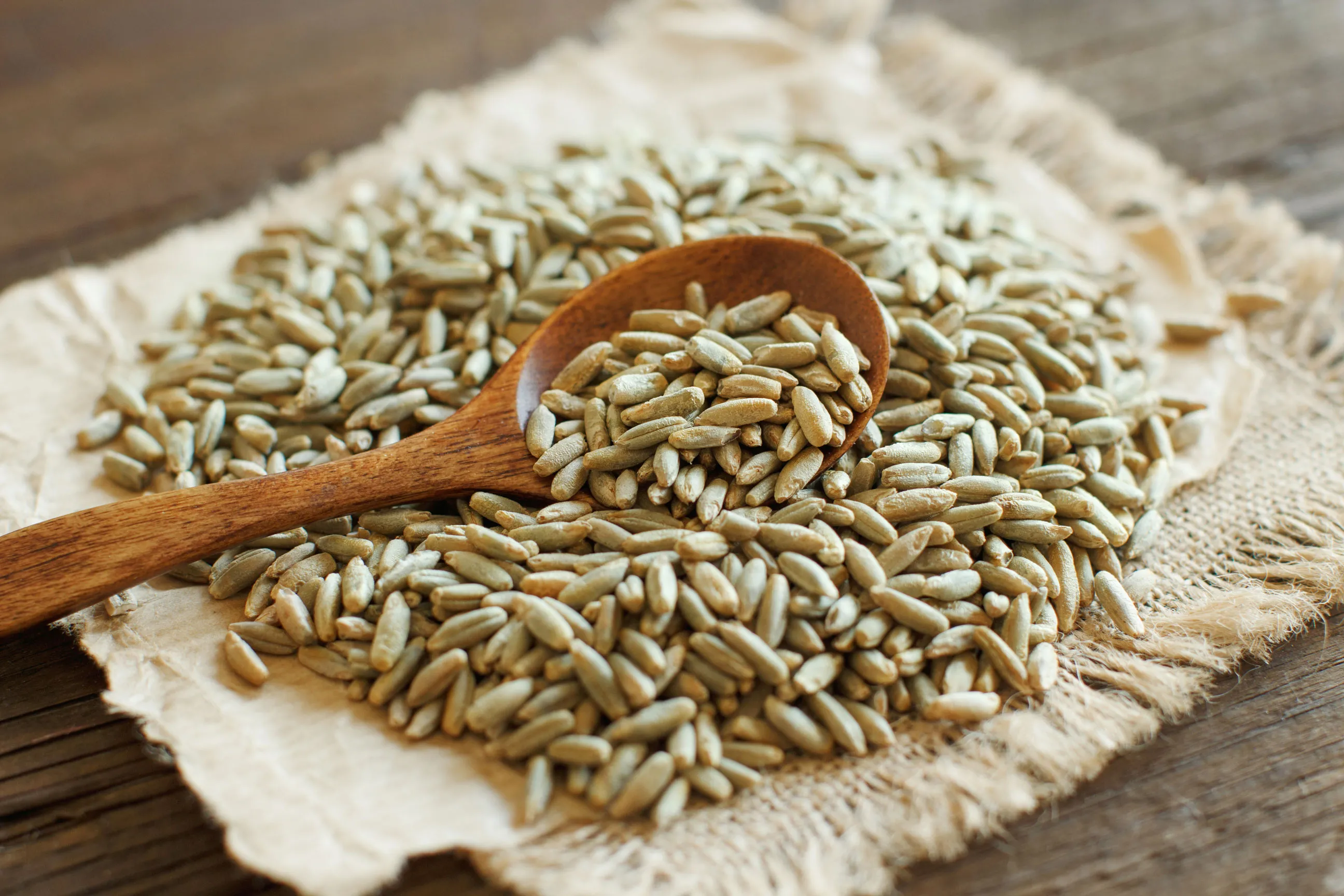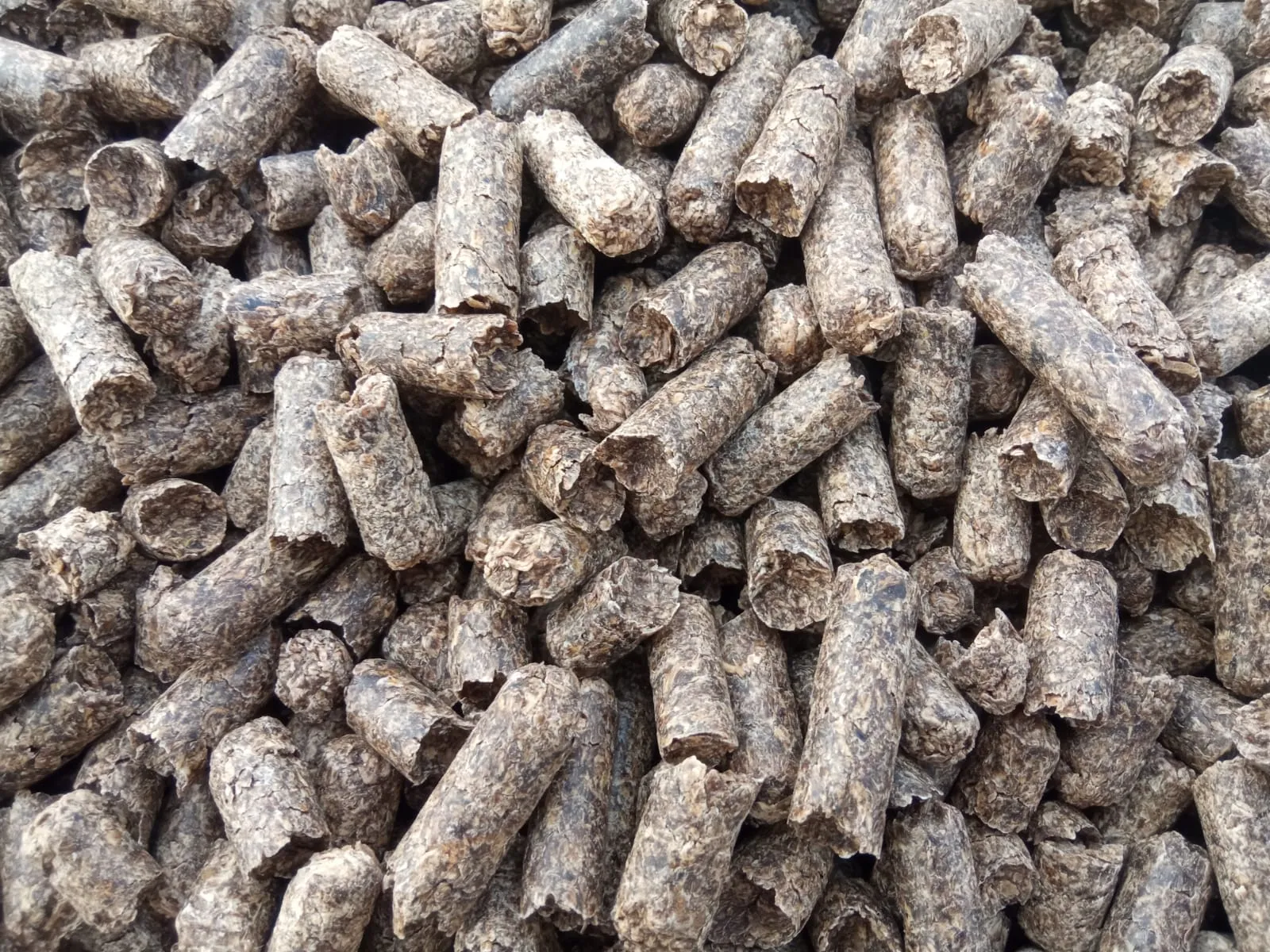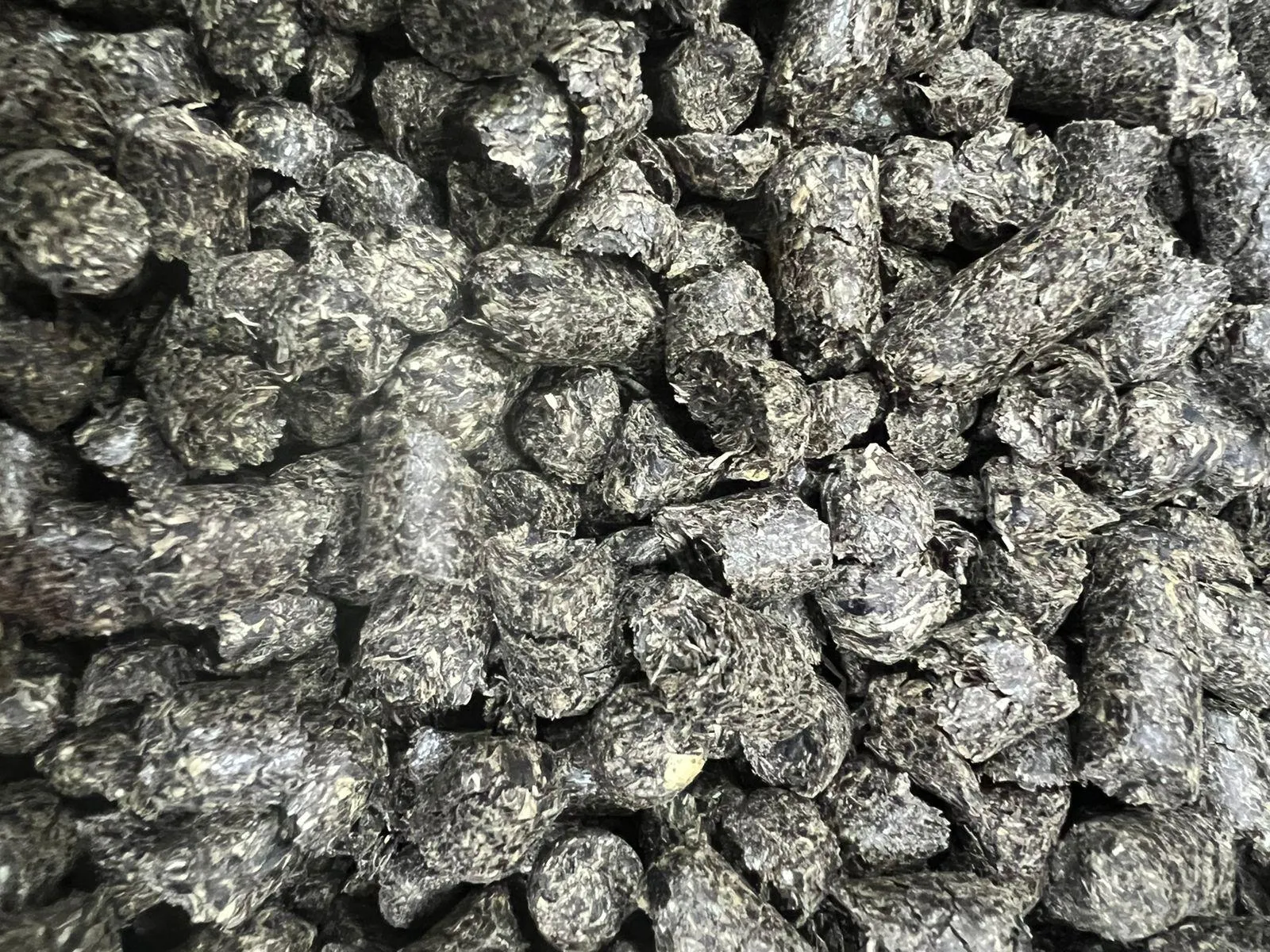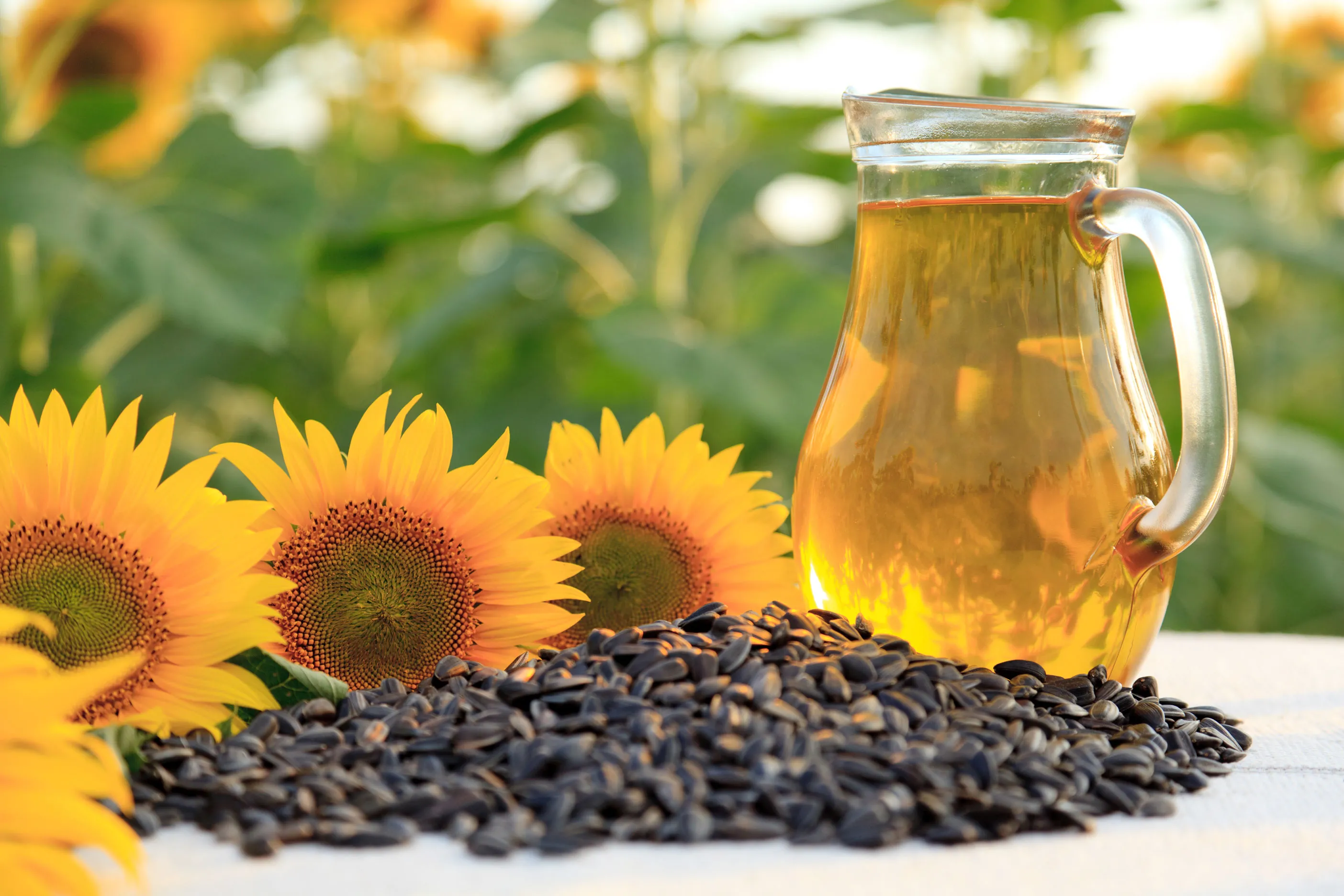Wheat bran is obtained by grinding and sifting washed and rested wheat in flour production facilities. A wheat kernel consists of approximately 83–84% endosperm, 13–14% bran, and 3% embryo (germ). According to general acceptance criteria, 70–72 kg of flour is targeted from 100 kg of wheat.
Uses of Wheat Bran
Animal Feed:
For ruminant animals (cattle, sheep, goats), wheat bran supports digestion thanks to its high fiber content. It contributes to rumen health while also providing energy to the animals. Bran is especially added to roughage-based rations to regulate rumen microflora and support the rumination process.
Food Industry:
As a natural source of fiber, bran is effective against digestive issues such as constipation. Therefore, bran-based products are commonly consumed as dietary foods and fiber supplements.
Use as Animal Feed:
Wheat bran is also a suitable feed ingredient for poultry, pigs, and horses. It meets their energy and fiber needs while facilitating digestion.
Nutritional Values of Wheat Bran
Wheat bran is particularly rich in fiber and has the following nutritional values:
Crude Fiber: 40–45%
Protein: 14–20%
Fat: 4–6%
Carbohydrates: 60–65%
Starch: 20–25%

